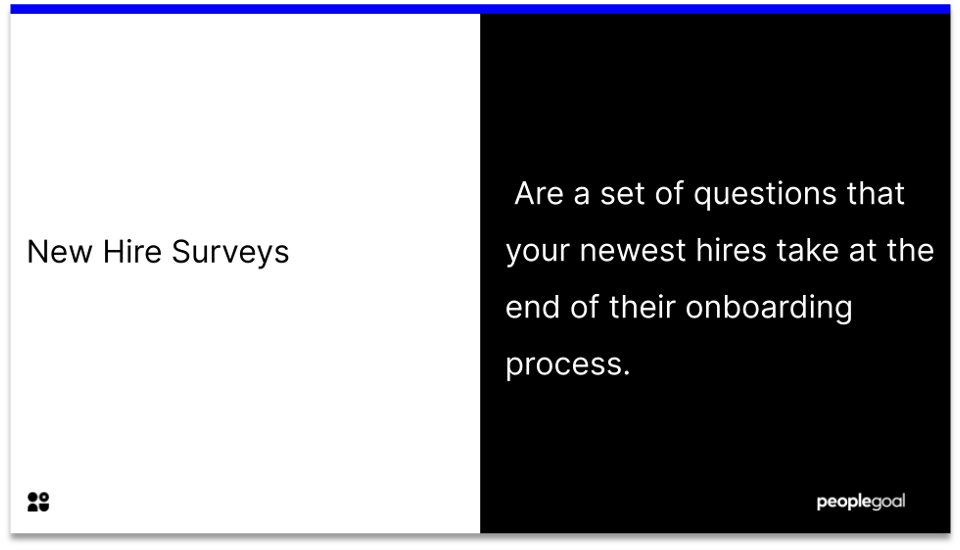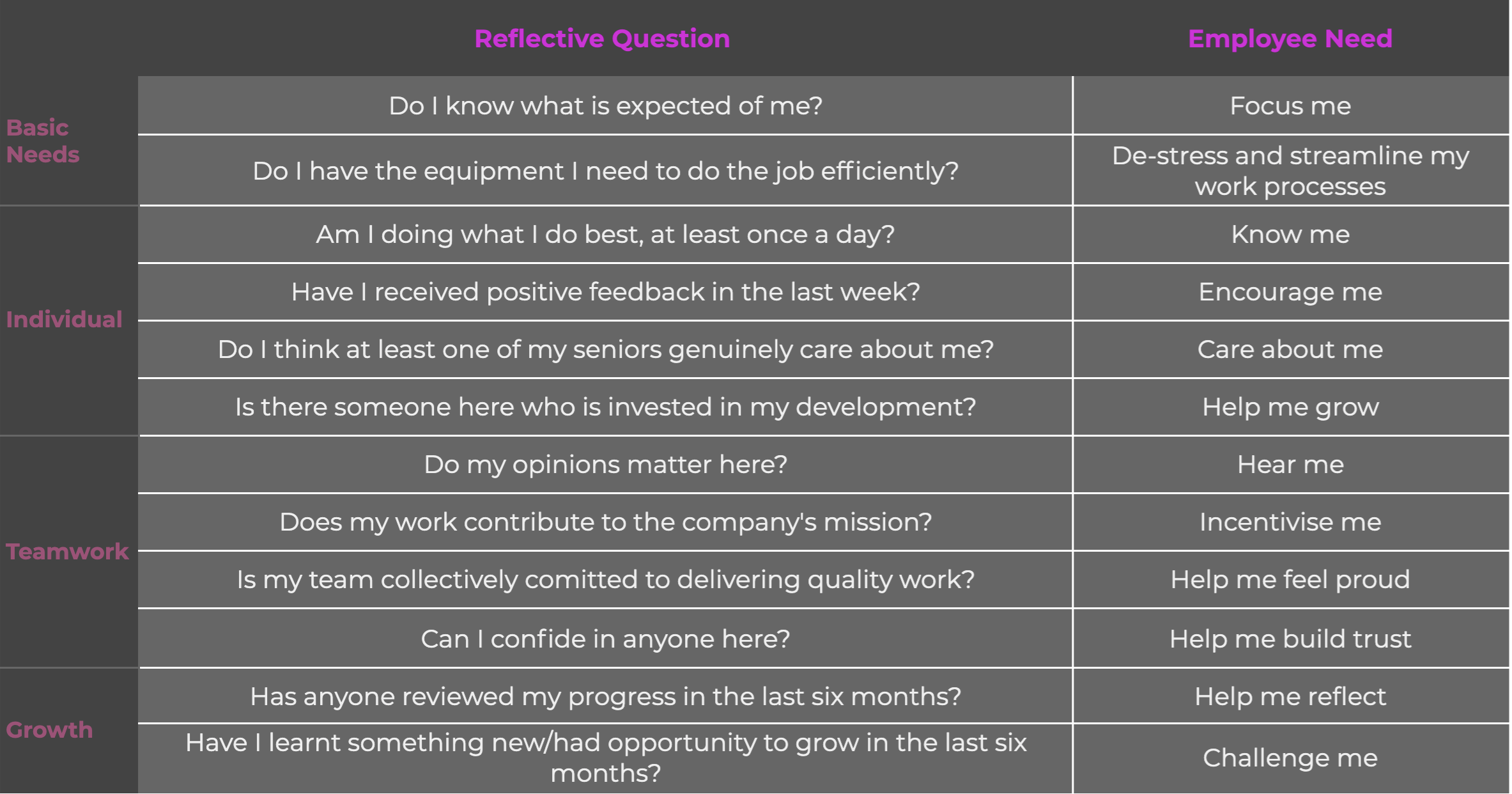Engagement can be a fragile thing and fragile things can often be tricky to measure. When it comes to measuring employee engagement, you want to make sure that the processes you use themselves do not become a source of disengagement in your workforce.
Don’t spam employees with reminders
Getting people to complete the survey is important, but you’ll only have a negative impact on engagement and actually create resentment if you flood peoples’ inboxes with reminders. You don’t need every single employee to fill out the survey to have a representative set of data to work with, so tailor reminders sendouts to only those who haven’t opened the survey and reward those who have with silence!
Don’t make it a drag
Your employees have enough tasks to do, do not make your engagement survey one of them. It should be something they can do effortlessly and that doesn’t fatigue them so much that they bother to complete it or don’t consider answers fully. Start off by listing every question that you want to ask, then read over them and group similar ones under specific topics. The questions under the same topics can often be conflated into one concise question, perhaps with several options.
Don’t fail to investigate problems due to confidentiality
The data in surveys should always be kept anonymous to increase the probability of honest and transparent answers that can be translated into valuable data. However, this can also cause problems if there has been a violation of conduct or policy. Make sure to commit to anonymity but that information is not confidential if individuals need to be investigated.
Don’t make presumptions
It’s far more reassuring to believe that you know everything that is happening in your company but this is wishful thinking. Your survey will become a self-fulfilling prophecy that only investigates the things you deem necessary, whilst the real problems go unnoticed.
Start off with a broad spectrum of topics, and after a few of these, you can gather data on which are the high-focus areas.
Don’t conduct a survey unless leadership is committed to listening and acting on the feedback
Remember what we said about engagement being fragile? This is a great example of when your tactics for measuring engagement end up hindering it. Asking employees what their opinions are and then not acting on any of them will only foster cynicism, skepticism, decrease morale and make employees think twice before completing one properly again.
Don’t let too much time pass between survey and action
You should have enough results within 2-3 weeks of sharing your engagement survey. After this time period, you should quickly disseminate reports and action planning guidance so departments can review their feedback and develop strategies to address it. Wait too long and you will lose the attention and focus of leadership and HR teams as they move on to the next urgent process or business need.
Don’t leave it to HR to fix
Employee engagement, organizational culture, career satisfaction are all issues that HR can certainly help with, but ultimately lie in the hands of leadership. As Gallup famously say;
“The manager is either an engagement-creating coach or an engagement-destroying boss”
HR professionals have the most insight on all people, processes and data (including past employment details, reference letters and current performance analytics), so allow them to collect, analyse and report but, once you have the results, it is your responsibility to implement change.
Do use multiple survey methods
Every surveying technique, qualitative or quantitive has its pitfalls. Using varied methods to measure employee engagement is the best way to get optimal benefits and minimal anomalies.
Many organizations survey their employees, usually once a year. Two problems arise from this practice: First, because the organization surveys only once, one can’t distinguish between flukes and trends. Only surveying multiple times a year, using a sample of employees, can an organization distinguish between special, one-time events and ongoing concerns.
Do measure engagement frequently
Only measuring engagement in your yearly or 6-month performance review makes it difficult to distinguish between flukes and trends in data and behaviour. If you schedule regular engagement surveys, the patterns in the results will become clear.
Do create a post-survey action plan
After your survey results have been collected it is important to follow up with action that will generate positive outcomes for your company. Management needs to act on the opportunities for improvement within the company. This will send the message that they are listening to your employee engagement survey feedback and believe it is valuable. One idea is for managers to include a “survey action plan” agenda item during their department meetings for a minimum of six months to provide a conduit for employee feedback.
Do show employees the results
Closing the loop with employees will boost engagement amongst your team by establishing transparency and honesty. Ideally, this is done via department managers (those leaders who are closest to the employees who took the survey).
Do prepare managers to act on feedback
Front line managers and supervisors are in the perfect position to directly impact employees. Trust them with the data and educate them on what it means so they can drive engagement, tend to necessary relationships and align your team. This distributed form of leadership will have a positive correlation with measuring engagement.
Do keep changing the way you measure engagement
When collecting data, you are not just receiving information on the targeted topic, you are also receiving valuable context on how your team prefer to be measured. With each survey you do, you will get different processes, that inform how you should proceed with the next one. Doing the same thing every time, will only lower engagement and staff will grow bored of completing them. Whilst standardisation is important in a lot of business, measuring engagement, has always got room for growth and change.
Ready to 3x Your Teams' Performance?
Use the best performance management software to align goals, track progress, and boost employee engagement.




